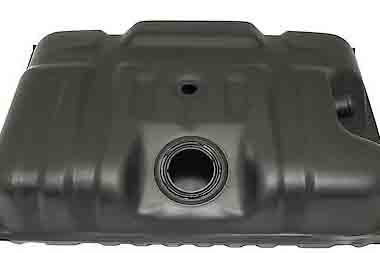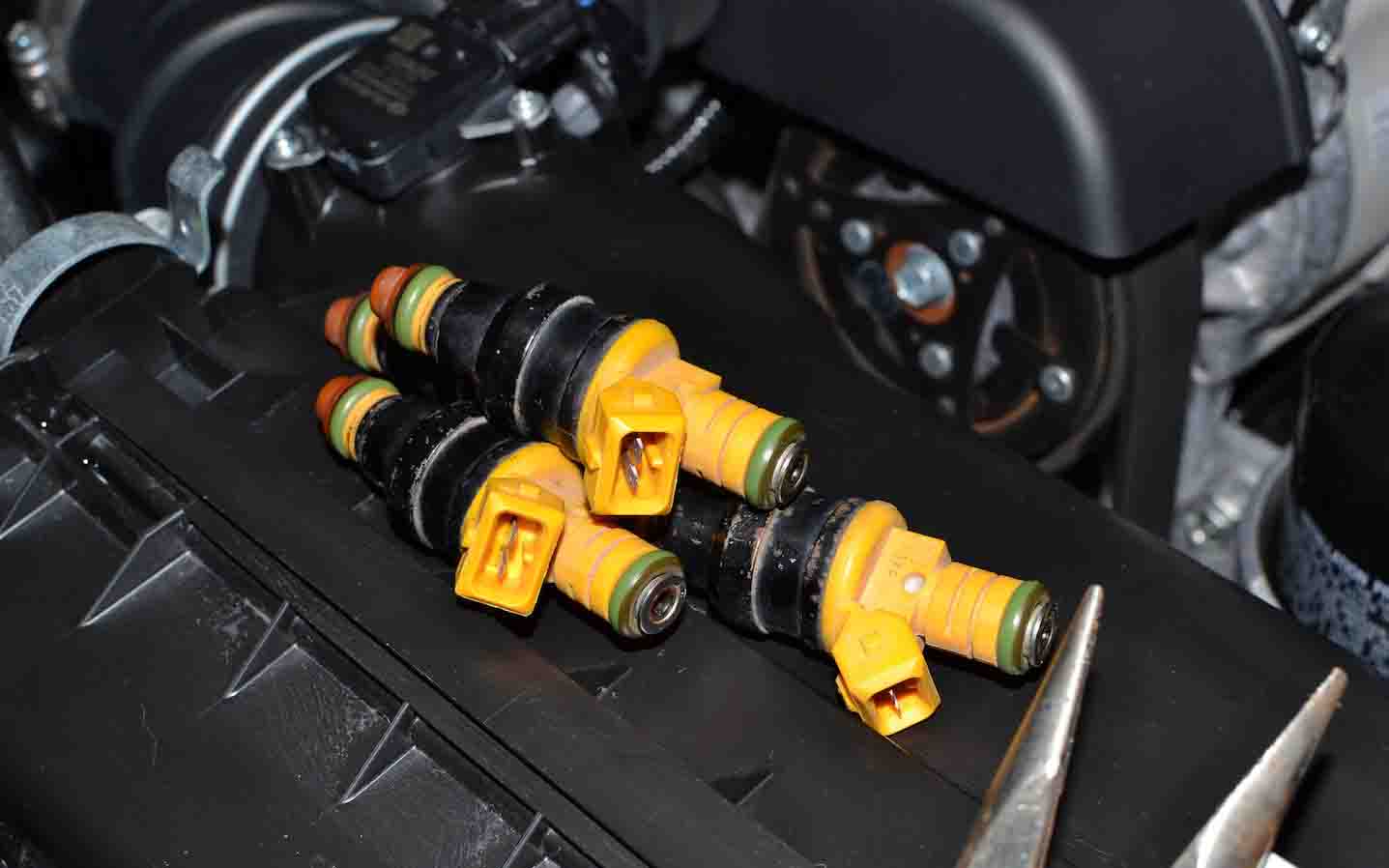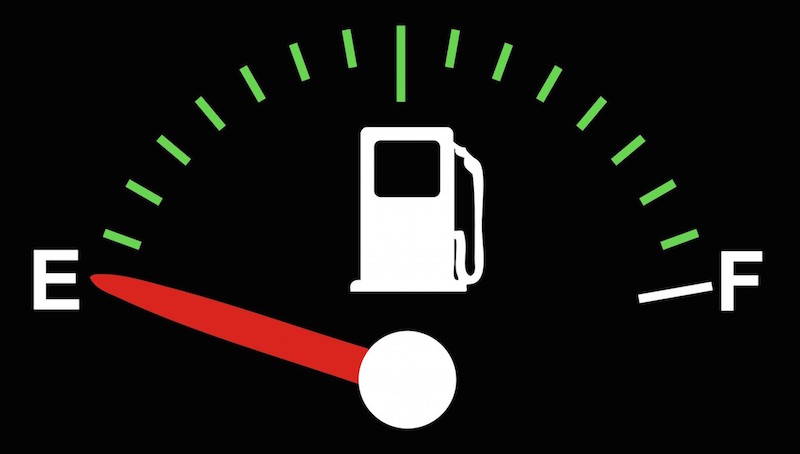
Fixing PCV valve problems is easier than you think!
You've tracked that pesky oil leak to PCV valve problems. Now you're deciding whether to visit your trusted mechanic or replace the PCV valve yourself. Replacing a PCV valve isn't difficult, but accessing it can be a pain in the neck, depending on your vehicle. You can consult your owner's or repair manual for specifics. Here's what else you should know before you get started.
How PCV valves work
The PCV (positive crankcase ventilation) valve is only one half of the crankcase ventilation system. The other half is called the breather. The breather flows clean air into the crankcase through a hose on your air filter. The valve lets dirty air and crankcase gases out and sends them through your engine to be re-burned for cleaner emissions. When the valve fails, the system backs up and can foul your air filter and fuel system with oil.
How often should I change my PCV valve?
A clogged or malfunctioning valve causes excessive buildup of combustion blow-by gases inside your engine. This build up may have noticeable results, including excessive oil consumption, oil leakage, air filter contamination, and rough engine idle. You may also hear a whining or moaning noise or see a Check Engine light (commonly diagnostic codes PO171 and 174). A faulty PCV valve, gone unchecked, can result in serious damage to your engine. Replace PCV valves if you notice any of the aforementioned issues, every 80,000 miles, or at the first general ignition tuneup.
This is a good project for new DIYers
-
Locate the PCV valve using your repair or owners manual. It's usually situated on or near the intake manifold, or on the valve cover.
-
The PCV valve is connected to a hose. Loosen the hose clamp and check the condition of the hose. Replace any cracked, pinched, spongy, clogged, or sticky hoses.
-
Remove the valve. Some valves are held in place with a grommet and can be pulled free. Other valves need to be unscrewed by hand or with a wrench.
-
Check the condition of the rubber grommet. Replace the grommet if it's showing signs of wear.
-
Screw in the new valve by hand or push the new valve into the rubber grommet.
-
Reconnect the hose and secure the clamp.
-
Start the engine. Check for any oil leaks. Adjust as needed and re-check the hose and clamps in a day or two to spot any leaks.
Regularly change your engine oil and flush your engine to prevent sludge buildup and prolong the life of your PCV valve.






